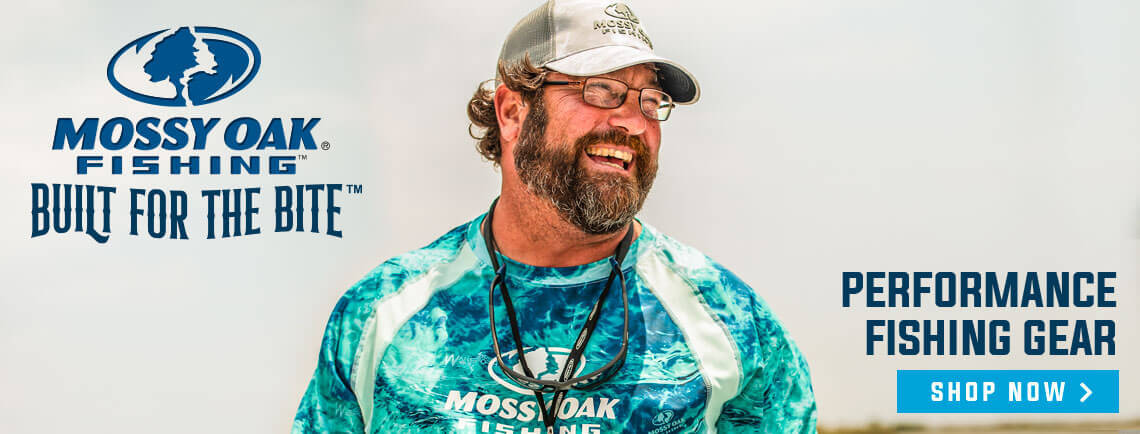Phillip Gentry
Call them red drum, channel bass, puppy drum, spottail bass or simply redfish, these inshore fish are frequently the target of vacationing coastal anglers from Massachusetts to Texas. Redfish are voracious fighters that range from 12 to 50 inches and can weigh as much as 60 pounds.
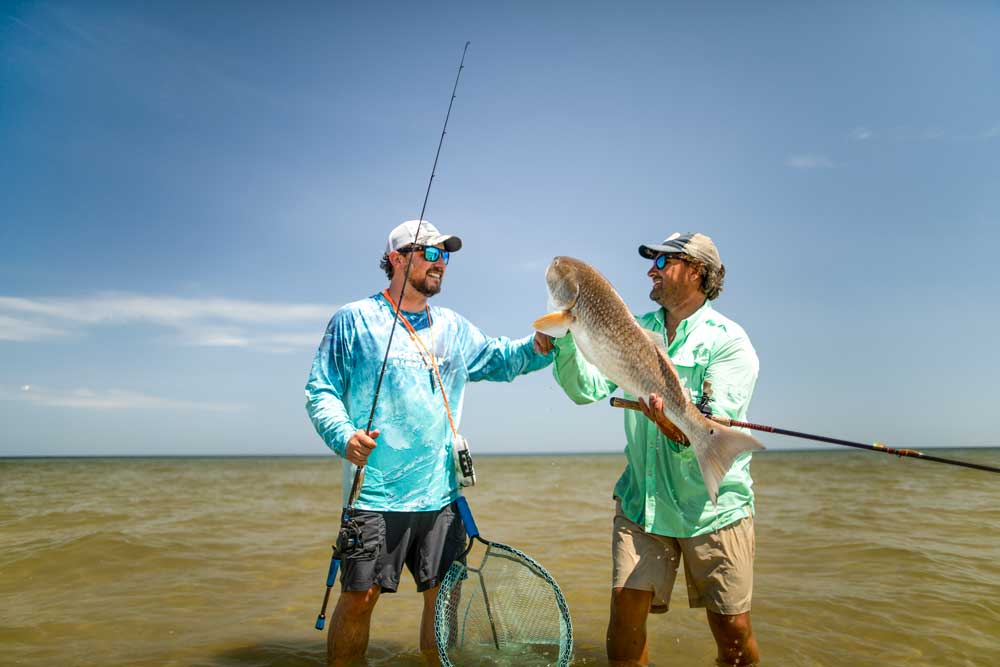
For freshwater anglers who haven’t spent much time on the coast, redfish behavior can best be described as part largemouth bass, part blue catfish. Redfish will readily and willingly eat artificial baits as well as live and cut baits.
Depending on the time of year, redfish can be found in backwater creeks and marshes, open inlets and rivers, along the beach and around nearshore wrecks and reefs. Although size and age classes do intermingle, juvenile redfish tend to spend the first three to four years in backwater areas and then move out to deeper and larger areas as they mature to adults.
Many states have determined a “slot limit” for the harvest of redfish, which may range from +/-15-23 inches. Fish larger or smaller than the slot limit must be released.
Summer strategies for redfish tend to fall into two groups — one for slot fish, often called puppy drum, and over slot fish, aka bull reds or simply drum.
Inshore/Artificial Bait Approach
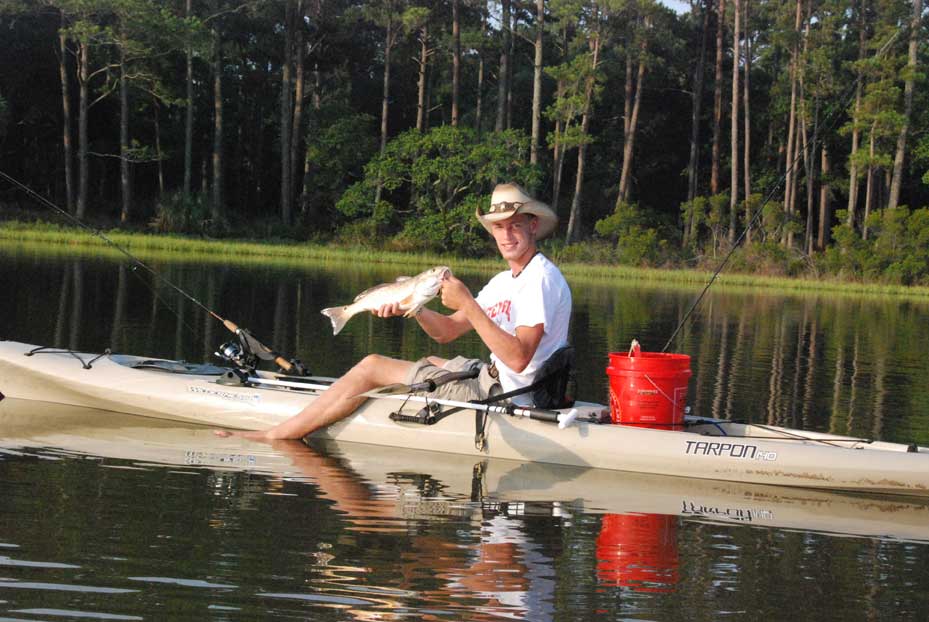
The easiest way to target slot fish with artificial baits is to adopt a freshwater largemouth bass fishing approach. In fact, the tackle and baits for redfish and largemouth bass are very similar.
Slot reds are ambush predators that relate to shallow water structure. Many times redfish will invade shallows throughout the year and may be seen “tailing,” feeding on the bottom with their heads down and tails waving at the surface.
Because of their extreme shallow propensities, redfish are easily spooked so it’s best to approach quietly and present your lure at least several feet in front of the fish if you can see them. Blind casting of artificial baits is also effective if the water is stained or murky and visibility limited.
Redfish school tightly in the winter for protection from predators but these schools spread out into two-sies and three-sies or even solo fish along a given stretch of shoreline in warmer water when dolphins and sharks, their primary predators, have other prey to chase.
Target any “fishy” looking structure when moving along the shoreline casting artificial baits. Pay particular attention to creeks, ditches or other areas of moving water where redfish can lie in wait.
Redfish will hit topwater baits and flies presented over their heads but tend to be clumsier because of the positioning of the eyes and mouth. A bottom bouncing or mid-depth retrieve is usually more effective.
Inshore/Live Bait Approach
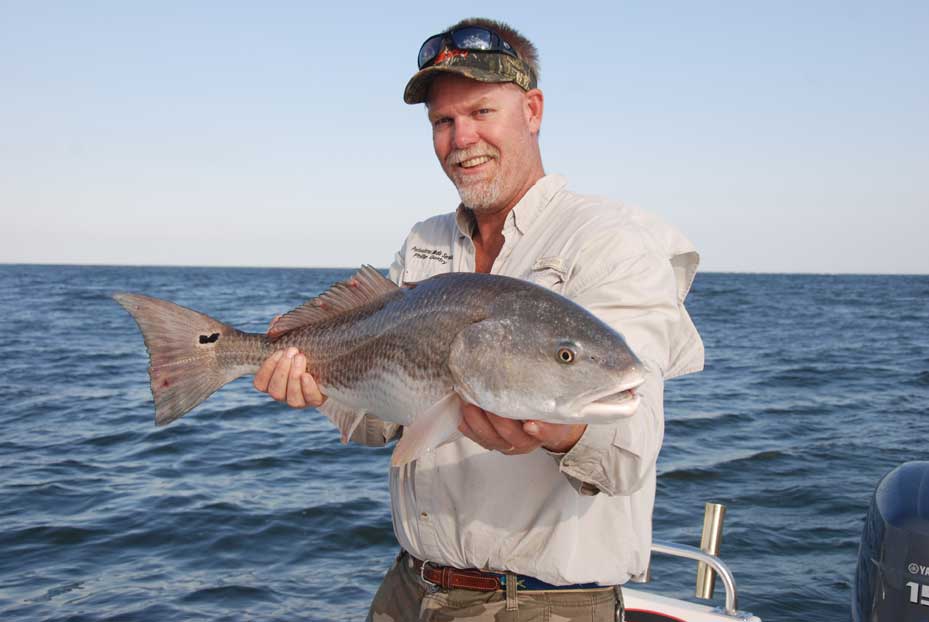
Using live bait for slot redfish is also an effective strategy. Live baits can be cast and slowly retrieved similar to artificial baits or presented under a popping cork to suspend the bait above bottom structure.
Redfish will eat nearly anything found in the waters they reside in, including a variety of baitfish, shrimp and crabs. The most effective presentation for live baits is to allow the bait to swim freely with the current or slowly retrieve the bait at normal bait swimming speeds if no current is present.
Inshore cut baiting closely mimics catfishing in freshwater, allowing the fish to use its adept sense of smell to find food. Using a bottom fish finder or Carolina rig, place fresh cut baits in likely fish holder areas around seawalls, boat docks and piers, around oyster beds or where two creeks or channels diverge.
Nearshore Approach
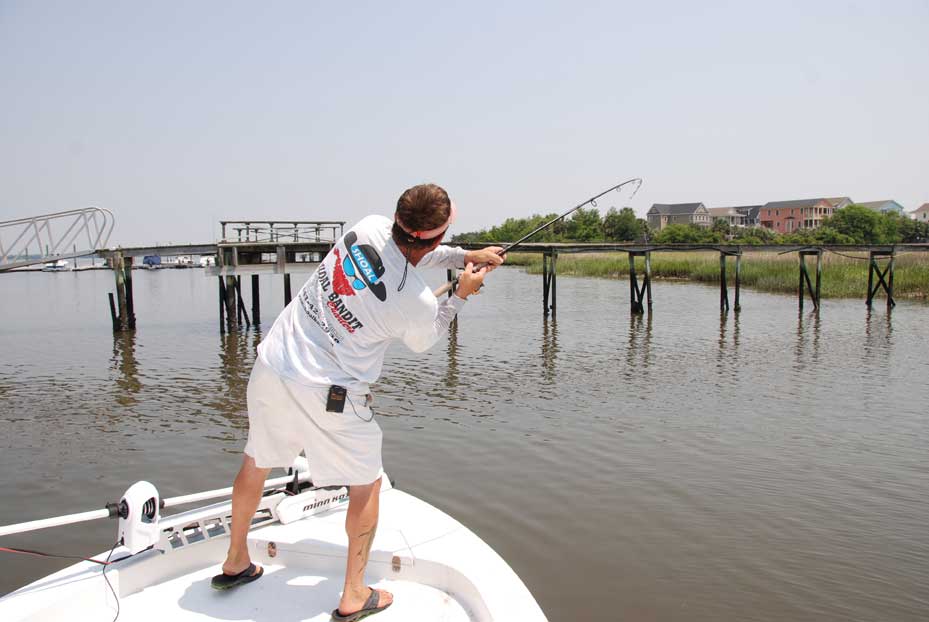
Redfish are a frequent target of surf fishing anglers throughout the summer and feed in troughs and ditches just outside the surf zone or along structure in coastal inlets.
A live and or cut bait approach is the norm but it certainly is possible to catch these fish, which are mostly over slot limit size, with artificial baits.
Large redfish are considered breeder stock and will take large whole or portions of baitfish like menhaden, pogies, bunker, mullet and greenbacks as well as cut portions of these baits and a variety of surf-residing fish species.
Because of their importance to recruitment of the resource, which has seen a decline across the board in recent years, it’s important to use circle hooks when fishing for redfish. Some states even have a requirement of short leaders (six inches or less) from the weight to keep fish from swallowing the hook.
Handling Trout in Hot Weather
Appropriate care and handling should also be exercised to dehook the fish and return it to the water as quickly as possible without undue stress to the fish. The big bull red is definitely a trophy, but unlike many trophies, they can be shared by other anglers. You just need to take the extra time to make sure it’s handled in a way that the fish survives — especially in hot weather.
Regardless if you are fishing inshore artificial bait, inshore live bait or the surf of the nearshore, redfish are a blast to catch. Redfish should be on every angler's bucket list. Even hard core bass fishermen are heading to the saltwater in search of bull reds. Any of the strategies we mention above can put redfish in the boat. They are an addictive type of fishing that is also extremely good table fare.

